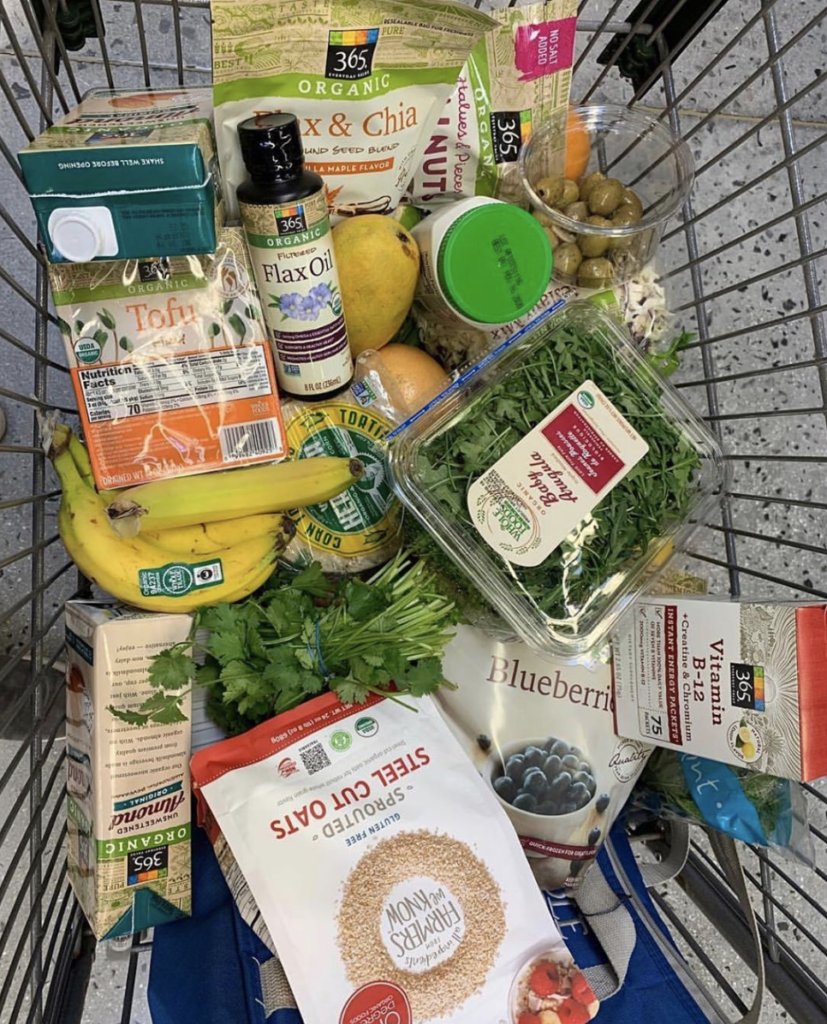Sustainability July 18, 2019
The future of farming needs YOU!


Sustainability is the principle of meeting today’s needs without compromising the needs of the future. Mix that with agriculture and voila! You have sustainable agriculture! This is the practice of promoting a healthy environment, economic profitability and social equity. Whoever you are-farmer, retailer, distributor, consumer or otherwise- you have a part to play in sustainable agriculture.

Data from the USDA Census of Agriculture suggests that since World War II, the number of US farms has declined and the average farm size has increased. In the years that have passed, agricultural practices have also changed a lot. This is due to the major changes and advancements in technology and government policies that favor maximizing production over product quality. Changes like this mean that farmers are greeted with less labor demands despite still having to produce the majority of the food and fiber in the US.
Despite the changes, there have been positive effects of this new age of agriculture. There have, however, been significant costs and risks. Some of these effects include topsoil depletion, water contamination, a decline in family farms and a lower standard of working environments. It is these things which mean that people are now taking sustainable agriculture seriously.
Western Sare states that sustainable agriculture is “a system that can indefinitely sustain itself without degrading the land, the environment or the people.” But, in simple terms, it is concerned with how viable the farming is. Put more simply, it means:


So most of the responsibility for sustainable agricultural practices is, of course, on the farmers. However, The Agricultural Sustainability Institute states that we, as consumers, can make a difference too. It is us who make the purchases that send messages to producers and retailers about what we like. Food cost and nutritional quality have always influenced our shopping choices. However, now it is more imperative than ever that we find a way to broaden our perspectives. We must get people thinking about the environmental impact, resource use and social equity of their food, rather than just the price.
We can help by looking out for ‘values based’ food that is grown using methods that promote farmers’ wellbeing. These foods are usually environmentally friendly and can contribute to your local economy. Bottom line? We have a responsibility as consumers to vote with our fork. Buying produce from local stores and grocers is a great starting point on the journey to sustainable living.